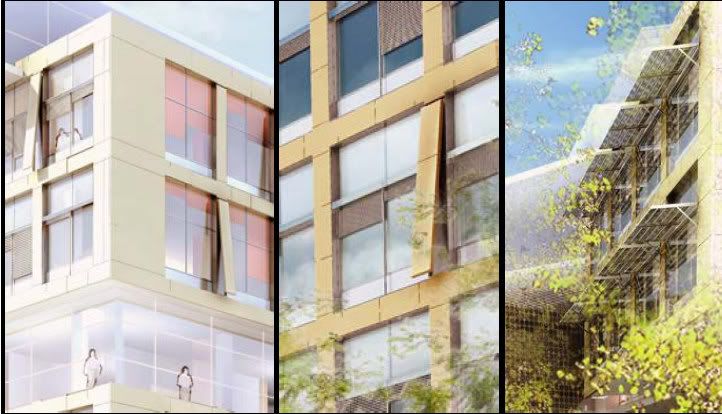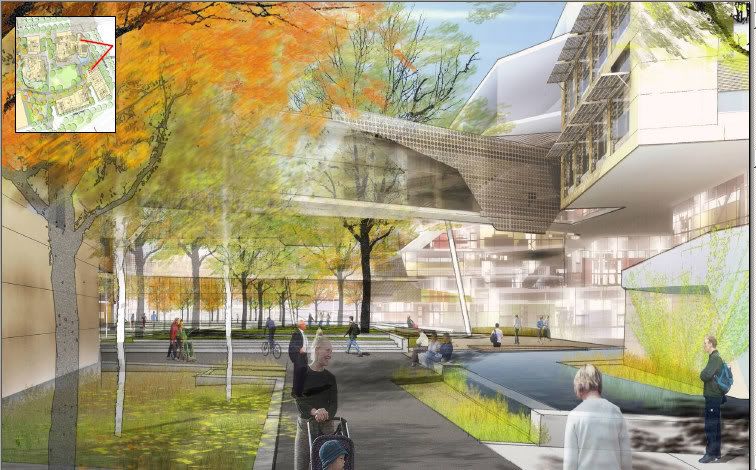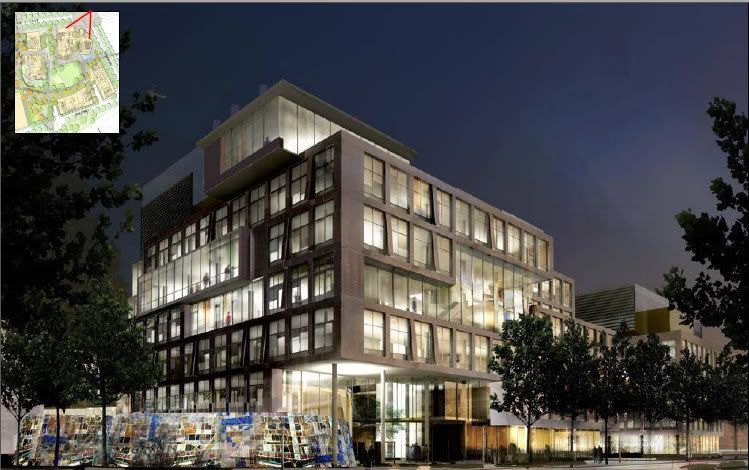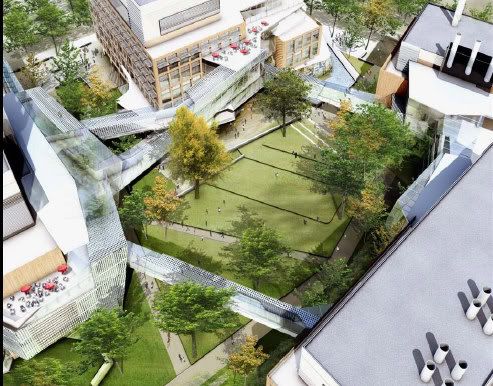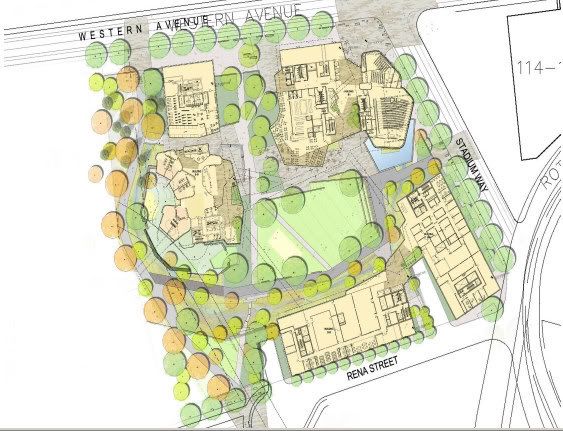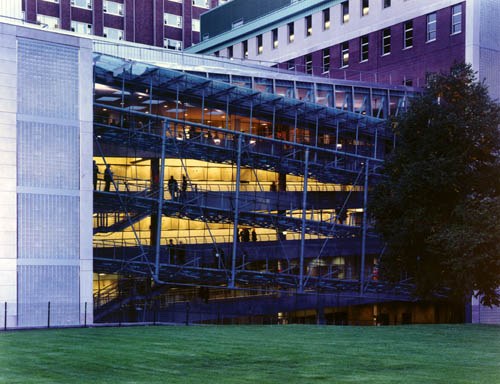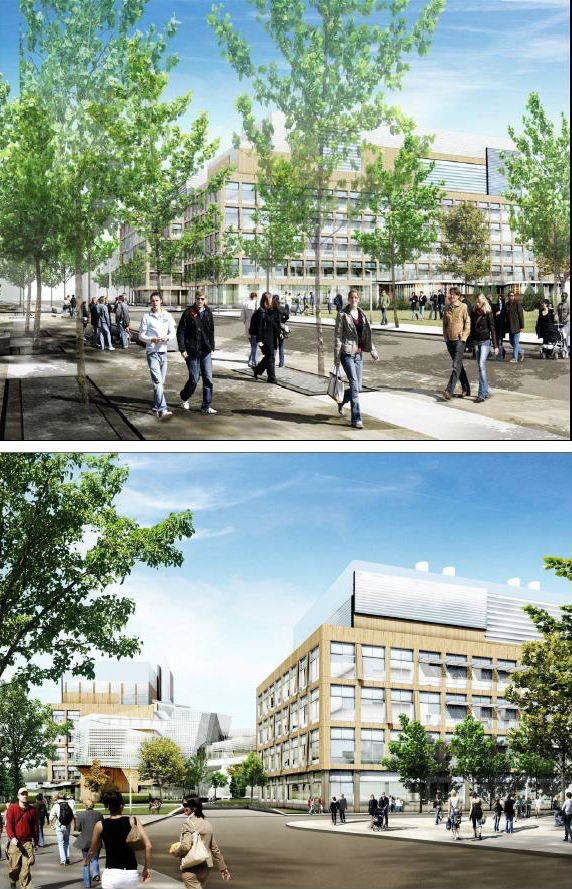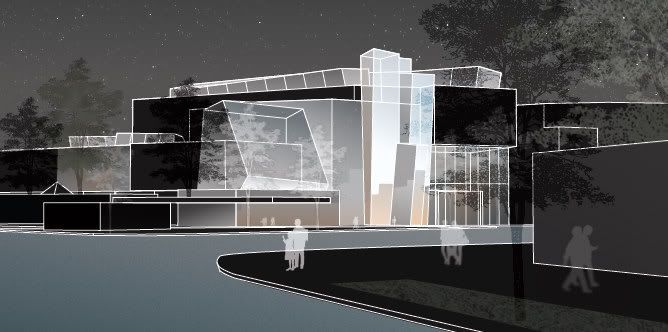Ron Newman said:chumbolly said:Ron, Harvard is not moving. .
that's exactly what they are doing, in the long term -- moving significant pieces of their campus out of Cambridge and into Allston. To some extent, this is a response to the costs (both financial and community-relations) of trying to continue expanding in Cambridge.
all the universities are definitely in motion -- a bit slower, but not that much slower than the rest of the economy as a whole. and much faster than, say, healthcare or government.
off the top of my head: mit is moving into cambridge (UK) and online (opencourseware). Columbia invested millions during the goldrush to get new revenue streams from their IP and the Web -- neither are land based. friend of mine's spouse is a recruiter from Cornell -- she's bopping over to asia all the time exporting education. Emerson has a new campus in LA and another in the EU. BU relocated to boston from the hinterlands years back and could certainly start building their investments in other parts of the world. tufts is investing in biotech in Worcester based on their Grafton campus -- itself less then 30 years old -- not in Chinatown. UMB started down on arlington street but is now at columbia point -- bet Lynn would have loved to score that campus. Leslie University has one of our largest enrollments -- most of which are not in Cambridge (meaning that their 90m budget gets spent somewhere else and doesn't add to the intellectual competition in greater boston)... i'm sure the list goes on.
cambridge and boston could over the long term definitely shoot themselves in the foot over town and gown, public opinion and shortsightedness vis HU...
that said, i have no opinion on this topic...

